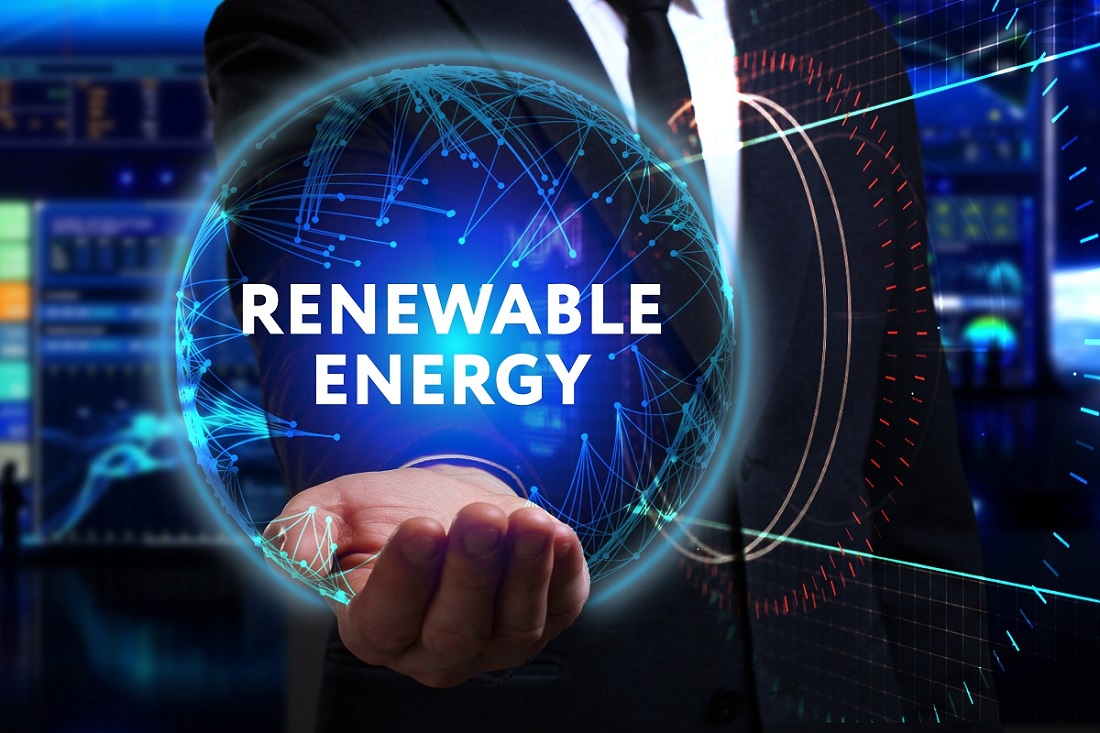Over the last few years, there has been a growing clamor for governments, businesses and the general public to shift to renewable energy to help in the fight against climate change and to enable us to achieve a more sustainable future. This transition has become one of the toughest challenges of our generation.
People often confuse renewable energy with clean energy, but these have subtle differences. The former is energy derived from natural resources. It is the type of energy that can be replenished faster than it is consumed. On the other hand, clean energy refers to energy resources that do not release pollutants like carbon dioxide into the environment. For environmental advocates, however, both types of energy sources are essential to helping us achieve our sustainability goals.
Development of renewable energy
While renewable energy has been on the spotlight of late, the concept is not completely new. It has been harnessed for centuries. For instance, windmills have been used to power granaries, while solar energy has been used to generate heat and light in a growing number of communities around the world.
However, people are still dependent on fossil fuels, the use of which has had detrimental effects on the planet. As a result, for example, temperatures worldwide have increased, extreme weather events have become more common, and many species have experienced a loss of natural habitat.
Energy transition is key
Shifting to renewable energy has become more urgent than ever. Developing this particular type of energy resource is vital for the survival of our planet and future generations.
Read: Dubai raises share of renewable energy sources to 14% by end 2022
Sources of renewable energy
Following are some of the most common sources:
Solar energy
Solar energy is the most abundant energy source and can be harnessed even in cloudy weather. It can deliver cooling, heat, natural lighting, electricity, and heat. Sunlight can be converted to electrical energy through mirrors that concentrate solar radiation or photovoltaic panels.
Wind
Wind energy uses the kinetic energy of moving air through large turbines located on land, at sea, or in freshwater. Innovations in technology have led to better electricity production from wind turbines in the past few years.
Geothermal energy
Geothermal energy uses thermal energy coming from the interior of the Earth. Many underground reservoirs are often great sources of geothermal power.
Hydropower
Hydropower harnesses water energy that moves from higher to lower elevations, thus generating energy from reservoirs and rivers. It is currently the largest source of renewable energy in the electricity sector.
Advantages of renewable energy
Accelerating the transition to renewables is the pathway to a healthier planet, now and for future generations. It offers a range of benefits and advantages, including:
Abundant sources
Renewable energy sources are available in most countries. The International Renewable Energy Arena (IRENA) estimates that 90% of the world’s energy requirements can and should be derived from renewable sources by 2050. Its potential has yet to be fully realized.
More affordable
Technically, renewable energy is the cheapest power option in most parts of the world today. The cost of utilizing technologies to harness this energy continues to drop, making it more accessible to a growing number of countries, businesses, and organizations.
Renewable energy is healthier
Switching to renewable sources not only addresses the issue of climate change but also air pollution. Thus, its adoption can be beneficial for not just humanity, but also our planet.
Renewables generate jobs
As the world embraces renewable energy, it creates job opportunities in the energy sector. In addition, energy-related industries, like automotive and hyper-efficient appliance manufacturers, are hiring more workers to address the rising global demand.
Climate change solution
Energy is at the heart of the climate change problem and can also be an important part of the solution. Fossil fuels are the largest contributor to global climate change. Transitioning to renewables is vital to lowering global greenhouse gas and carbon dioxide emissions and lessening energy dependency on fossil fuels.
Drawbacks of renewable energy
While renewable energy offers plenty of benefits, it also has its drawbacks and disadvantages. First, accessing this kind of energy can sometimes be unreliable. There are currently no technologies that will allow us to harness solar energy at night or generate wind energy if there is not enough wind.
Moreover, the initial cost of shifting to renewables is usually high. This is why governments are setting aside considerable budgets to encourage the adoption of renewable energy.
Going for a brighter future
As technologies evolve and they become even more cost-efficient to adopt, the better the chances are for our future to be cleaner and more sustainable.
For more stories on sustainability, click here.








